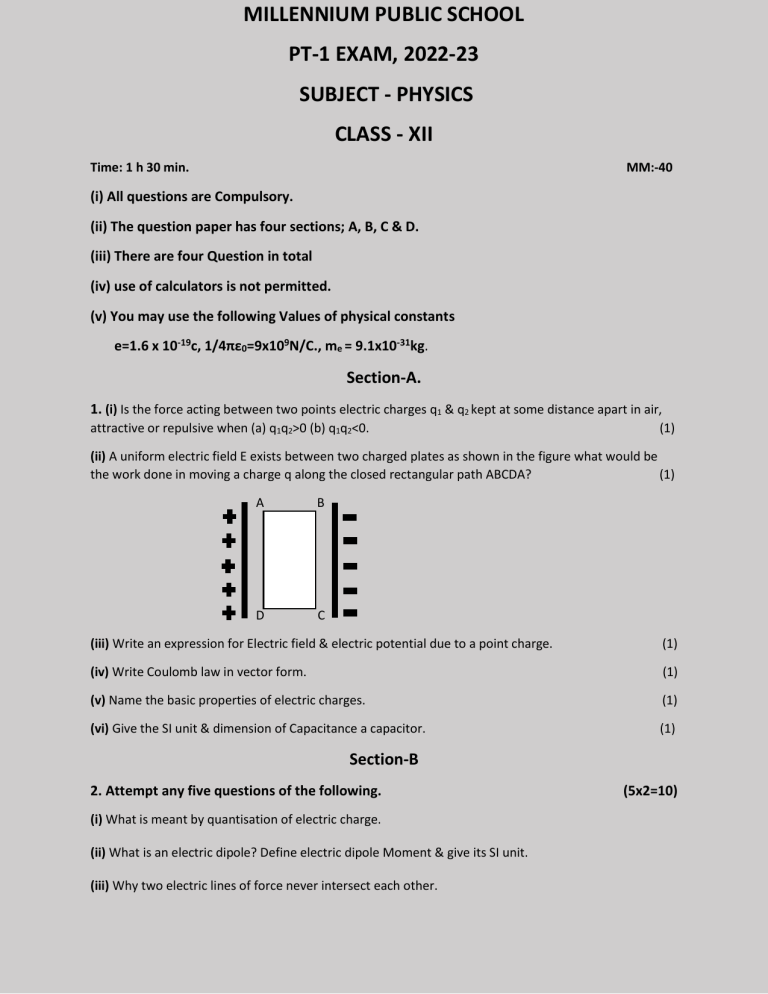

Oxford: Blackwell Scientific Publications. Compendium of Chemical Terminology, 2nd ed. "Mass-to-charge ratio in mass spectrometry, mz". Quantities, Units and Symbols in Physical Chemistry, 2nd edition, Oxford: Blackwell Science. ^ International Union of Pure and Applied Chemistry (1993).The NIST Reference on Constants, Units, and Uncertainty.
 ^ a b c "2018 CODATA Value: electron charge to mass quotient". Online corrected version: (2006–) " mass-to-charge ratio, m/z in mass spectrometry". ^ a b c IUPAC, Compendium of Chemical Terminology, 2nd ed. The charge-to-mass ratio of an electron may also be measured with the Zeeman effect, which gives rise to energy splittings in the presence of a magnetic field B: By measuring the accelerating potential (volts), the current (amps) to the Helmholtz coils, and the radius of the electron beam, e/m can be calculated. This magnetic field deflects the electron beam in a circular path. A pair of Helmholtz coils produces a uniform and measurable magnetic field at right angles to the electron beam. The collisions between the electrons and the helium gas produce a visible trail.
^ a b c "2018 CODATA Value: electron charge to mass quotient". Online corrected version: (2006–) " mass-to-charge ratio, m/z in mass spectrometry". ^ a b c IUPAC, Compendium of Chemical Terminology, 2nd ed. The charge-to-mass ratio of an electron may also be measured with the Zeeman effect, which gives rise to energy splittings in the presence of a magnetic field B: By measuring the accelerating potential (volts), the current (amps) to the Helmholtz coils, and the radius of the electron beam, e/m can be calculated. This magnetic field deflects the electron beam in a circular path. A pair of Helmholtz coils produces a uniform and measurable magnetic field at right angles to the electron beam. The collisions between the electrons and the helium gas produce a visible trail. 
The beam path can be seen when the electrons are accelerated through a helium (He) gas. The electrons are accelerated through a known potential, so the velocity of the electrons is known.
Fine beam tube method: A heater heats a cathode, which emits electrons. From the current in the solenoid and the current in the Ferranti Valve, e/m can be calculated. The electron is then deflected using a solenoid. The magnetron method: Using a GRD7 Valve (Ferranti valve), electrons are expelled from a hot tungsten-wire filament towards an anode. There are two other common ways of measuring the charge-to-mass ratio of an electron, apart from Thomson and Dunnington's methods. CODATA refers to this as the electron charge-to-mass quotient, but ratio is still commonly used. Thomson's measurement convinced him that cathode rays were particles, which were later identified as electrons, and he is generally credited with their discovery. Thomson in 1897-and more successfully by Dunnington, which involves the angular momentum and deflection due to a perpendicular magnetic field. It also has historical significance the Q/ m ratio of the electron was successfully calculated by J. Some disciplines use the charge-to-mass ratio ( Q/ m) instead, which is the multiplicative inverse of the mass-to-charge ratio. On rare occasions, the thomson has been used as its unit in the field of mass spectrometry. 
The importance of the mass-to-charge ratio, according to classical electrodynamics, is that two particles with the same mass-to-charge ratio move in the same path in a vacuum, when subjected to the same electric and magnetic fields. It appears in the scientific fields of electron microscopy, cathode ray tubes, accelerator physics, nuclear physics, Auger electron spectroscopy, cosmology and mass spectrometry. It is most widely used in the electrodynamics of charged particles, e.g. The mass-to-charge ratio ( m/ Q) is a physical quantity relating the mass (quantity of matter) and the electric charge of a given particle, expressed in units of kilograms per coulomb (kg/C). Physical quantity of interest in chemistry and electrodynamics








 0 kommentar(er)
0 kommentar(er)
